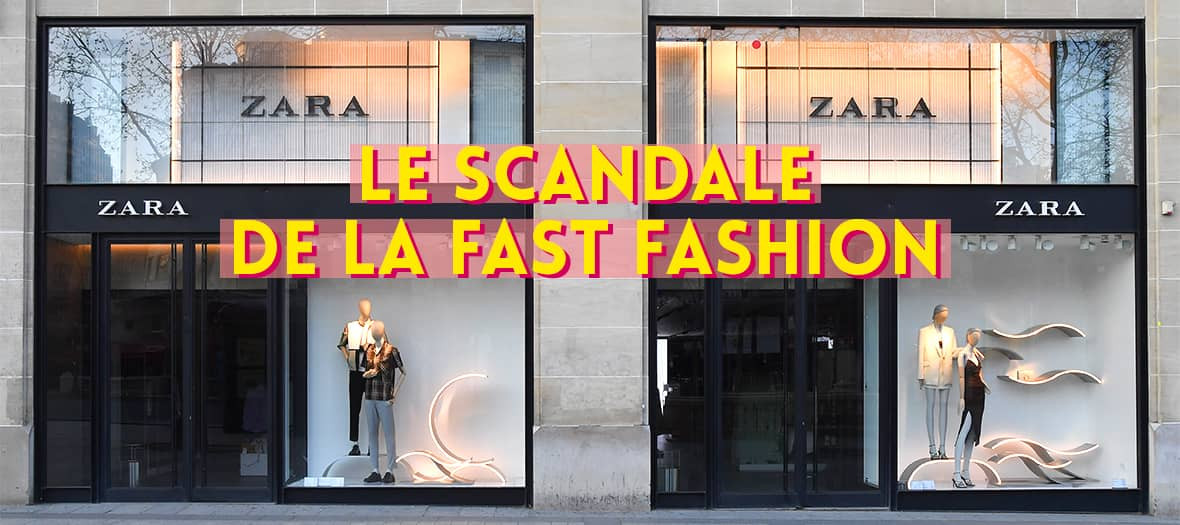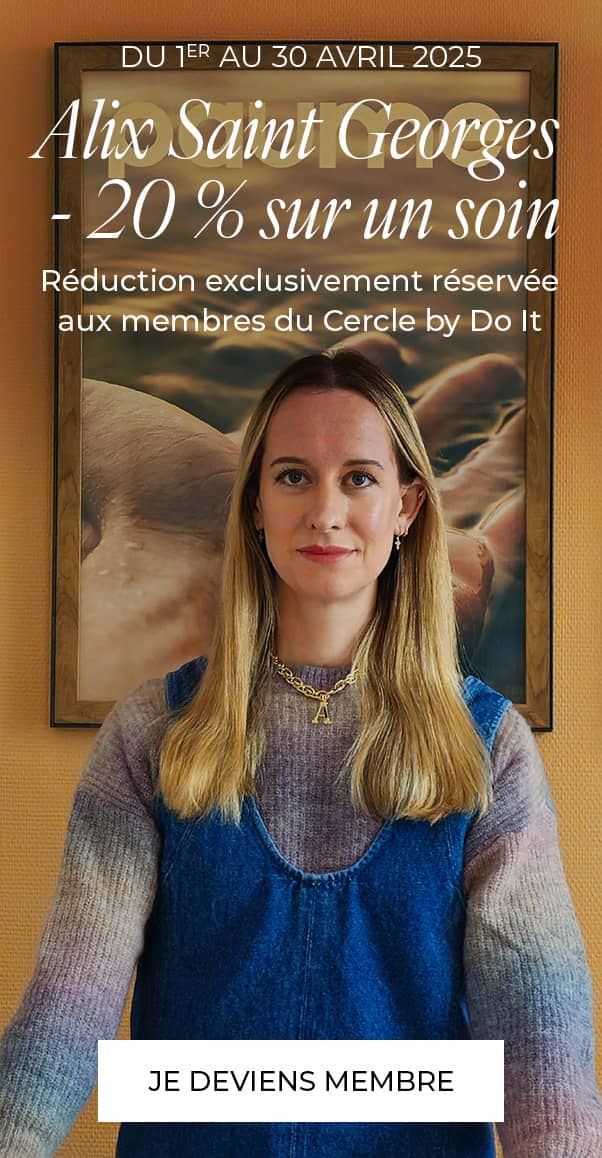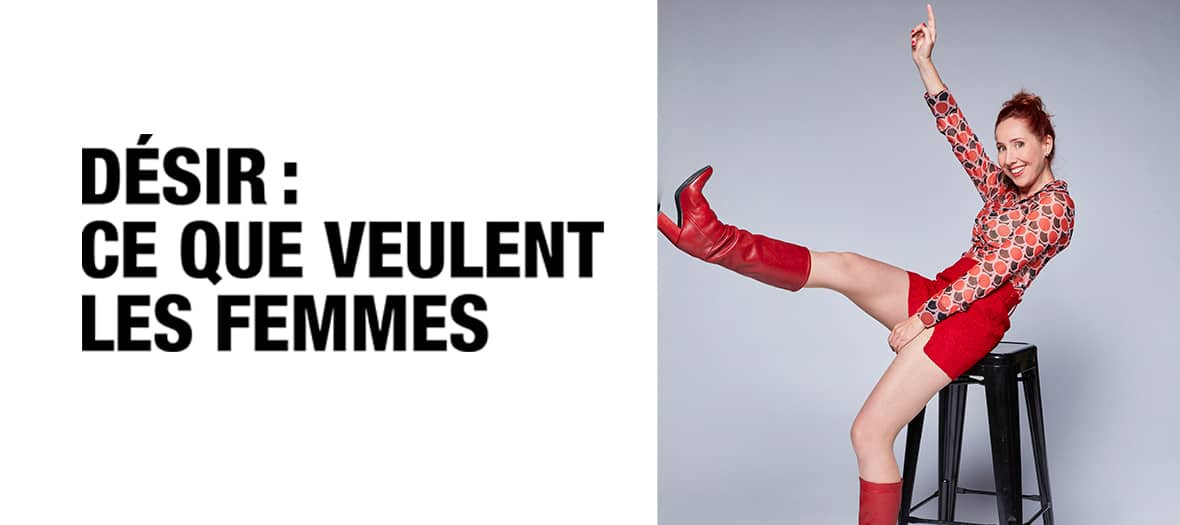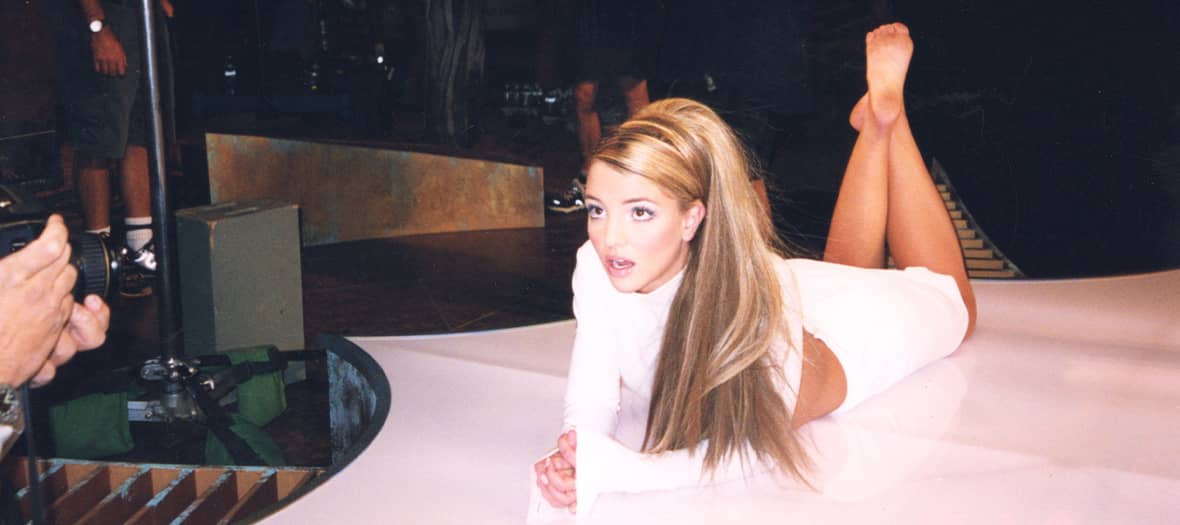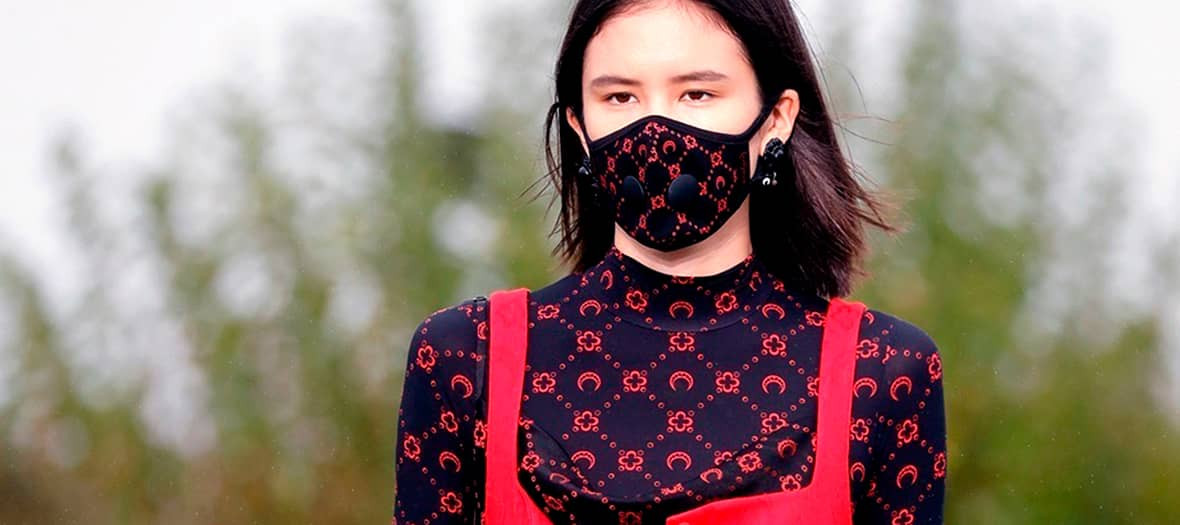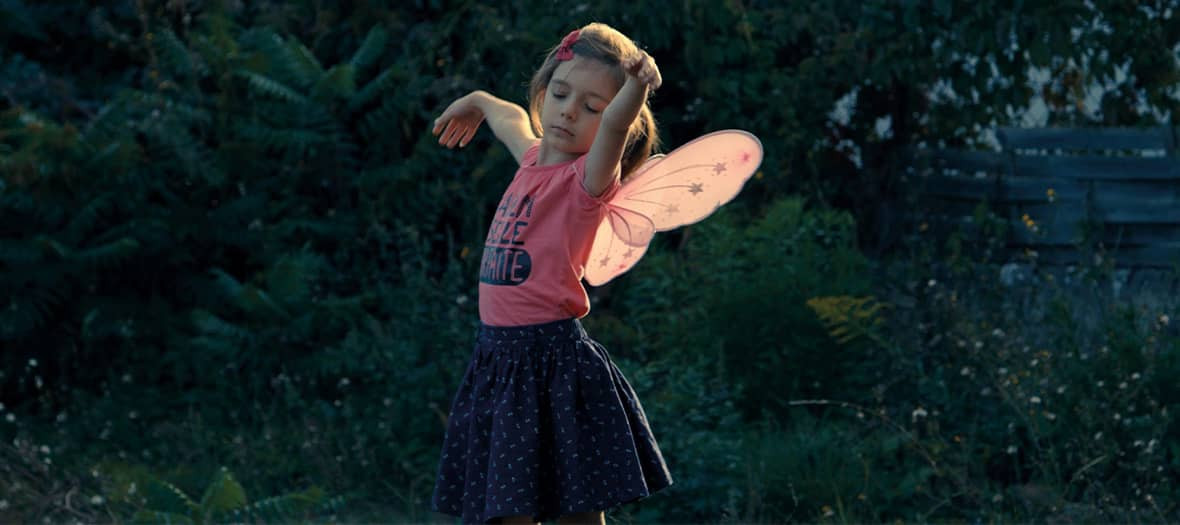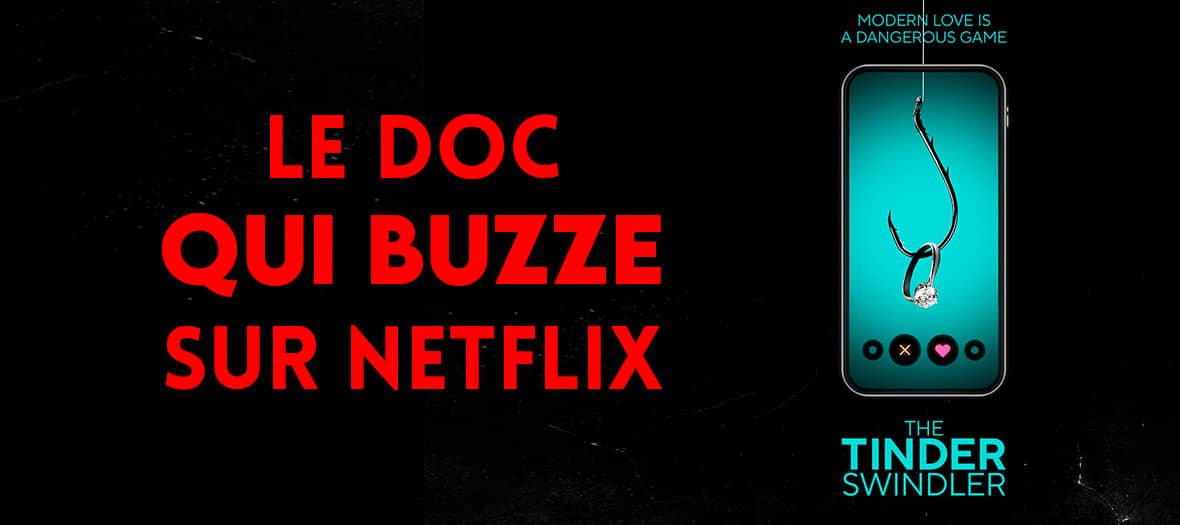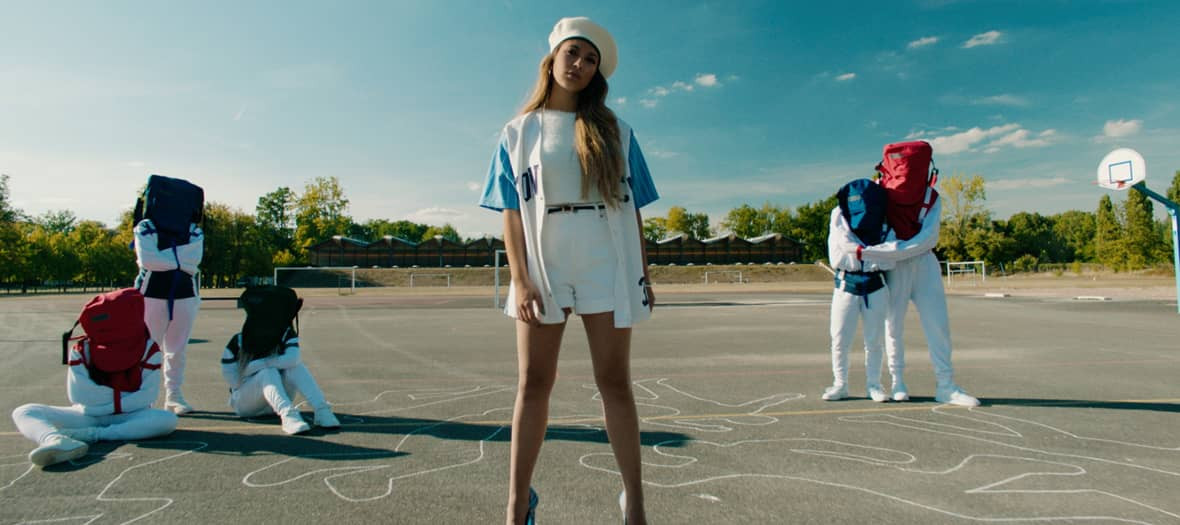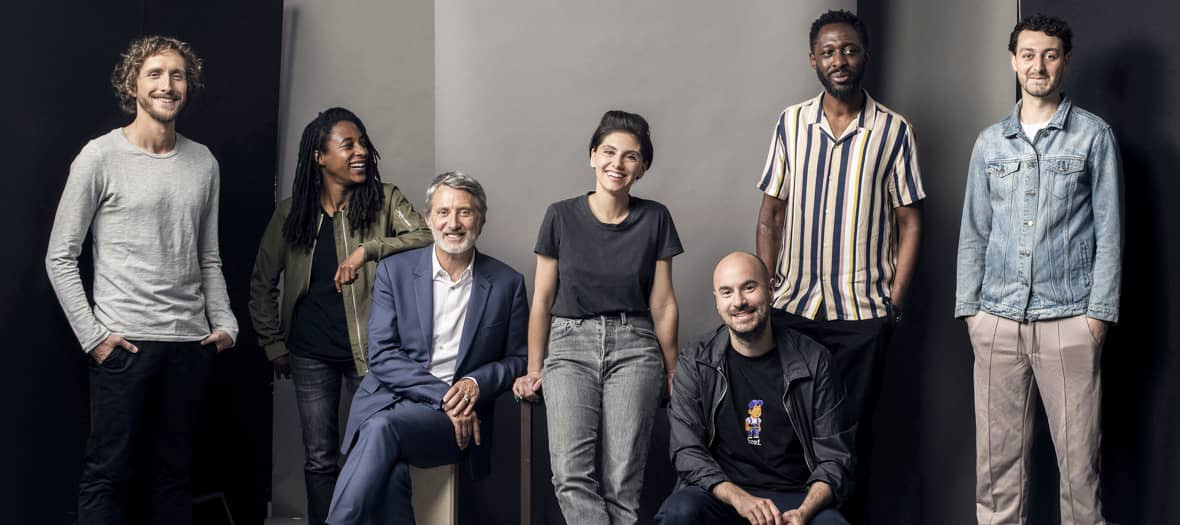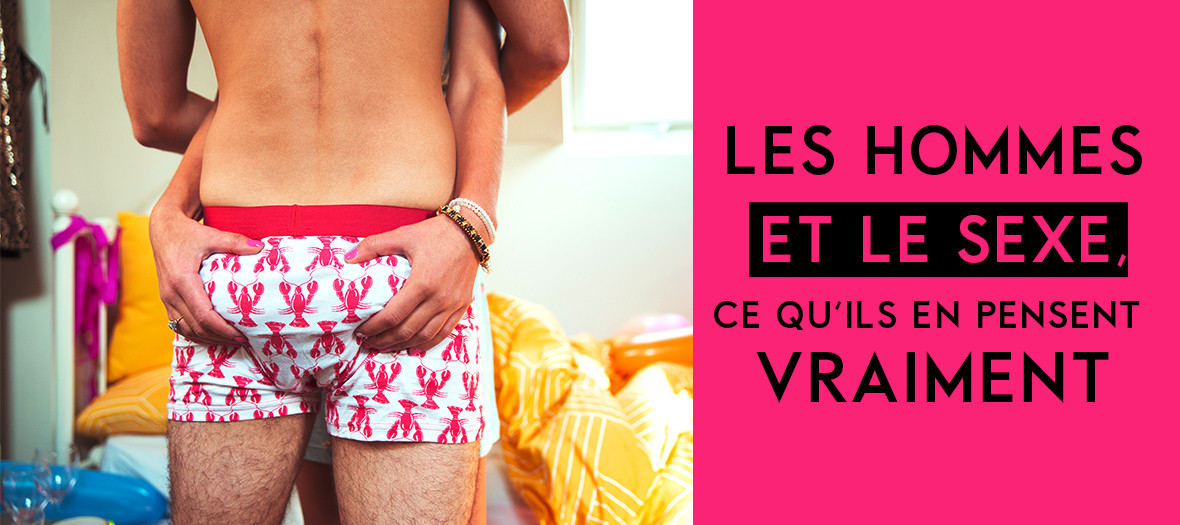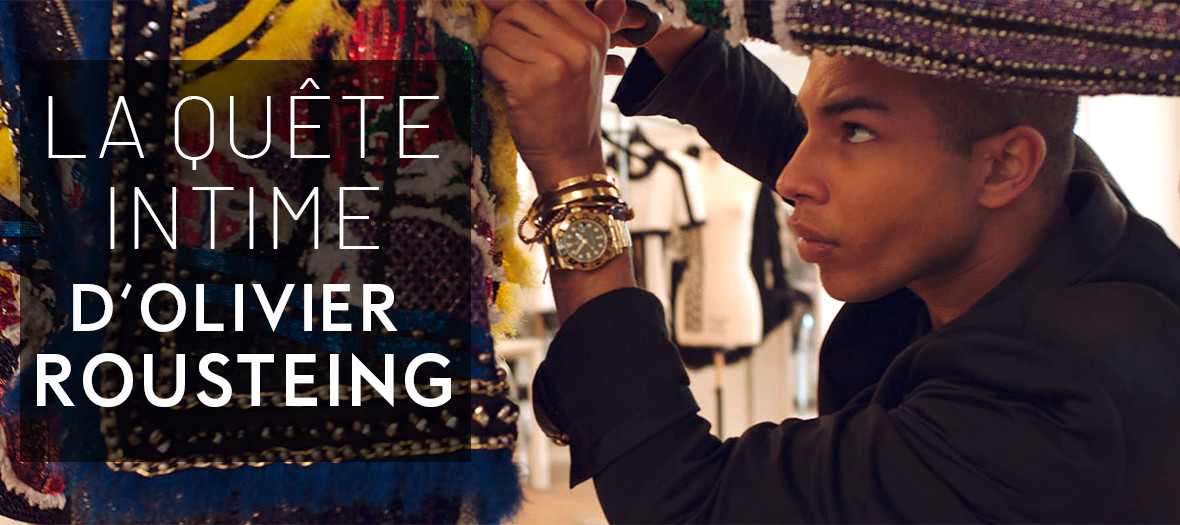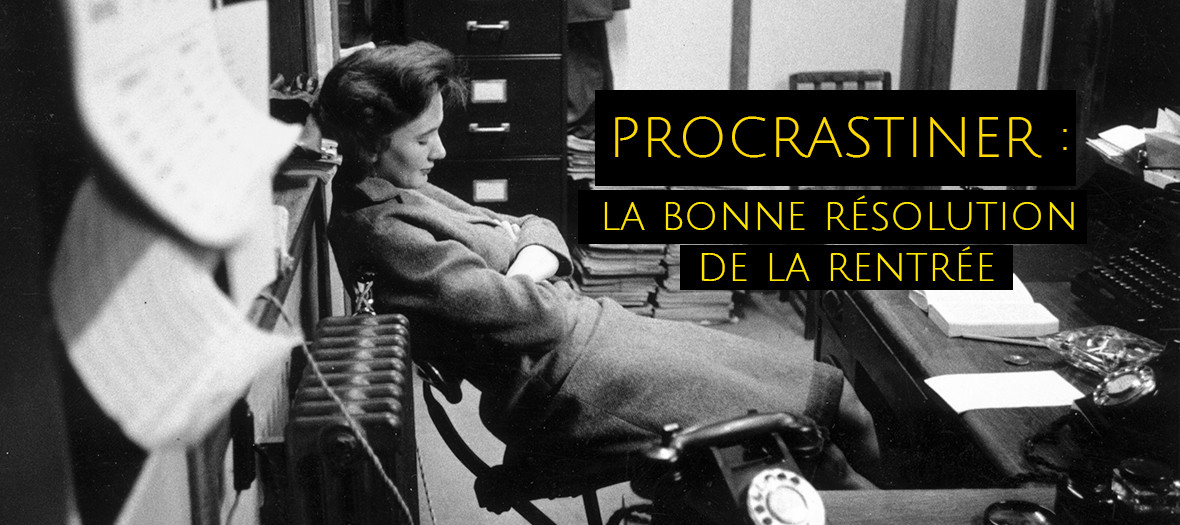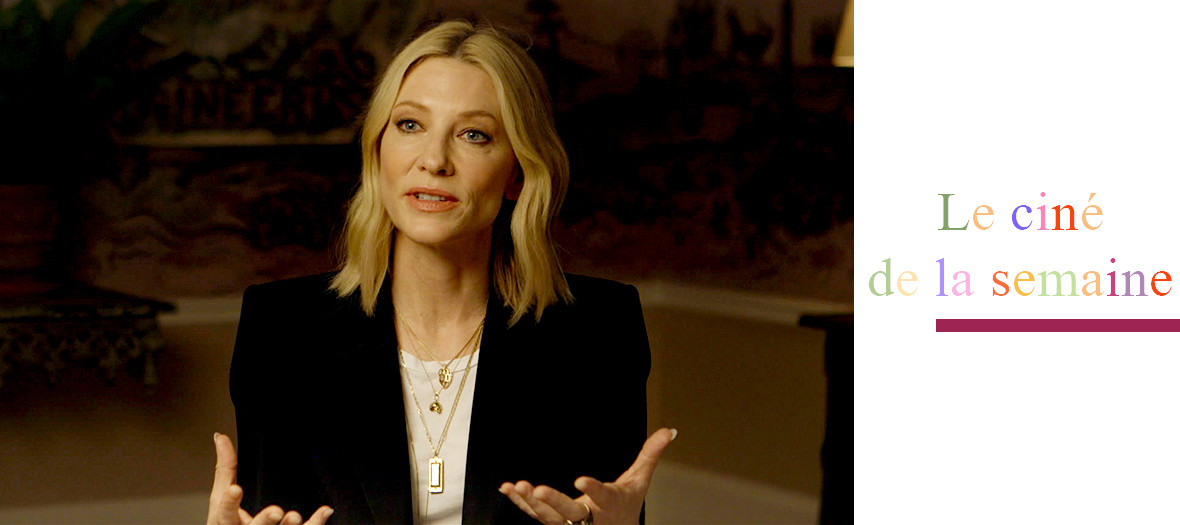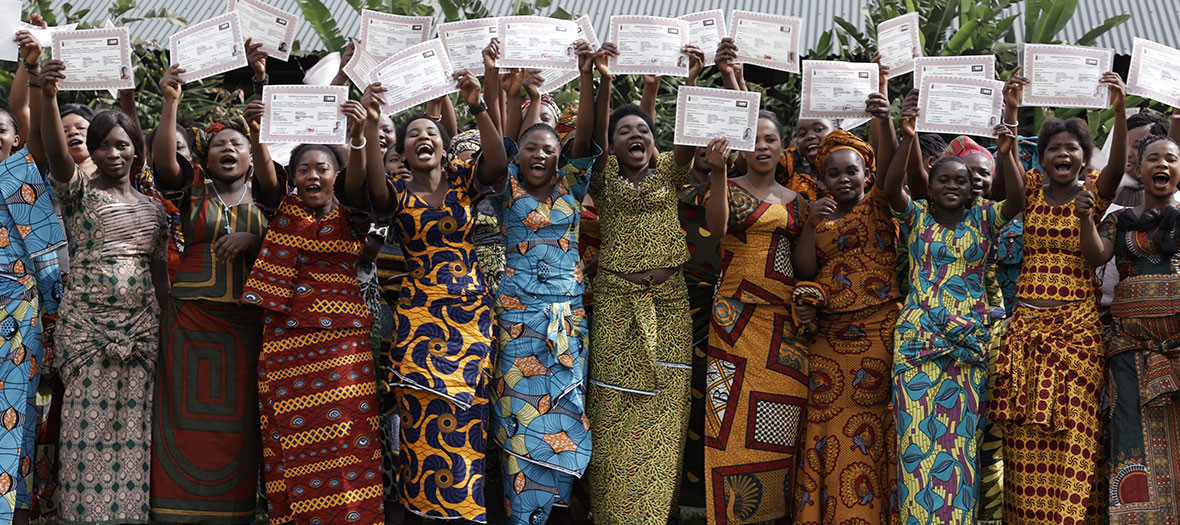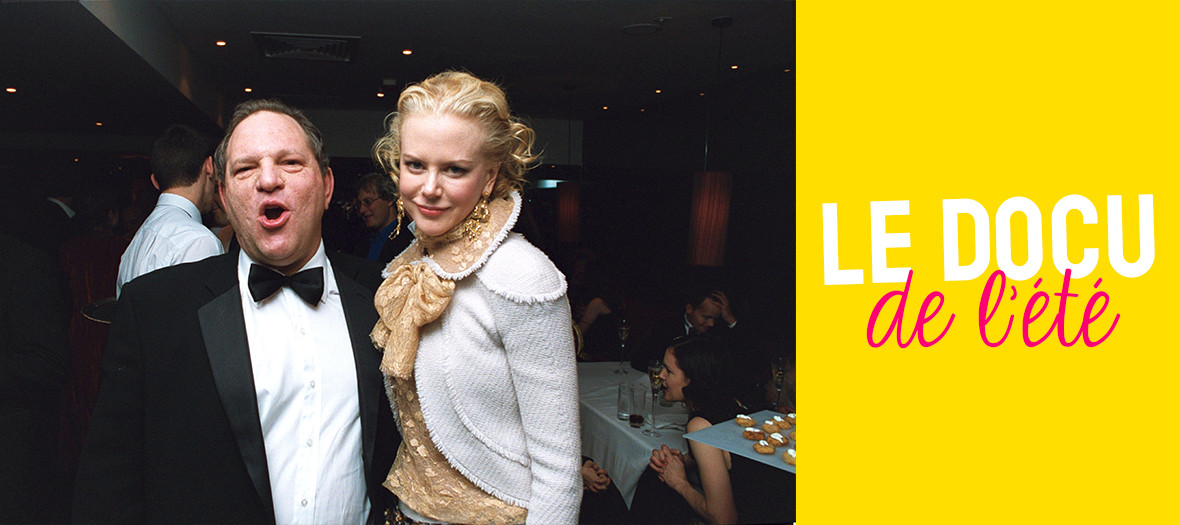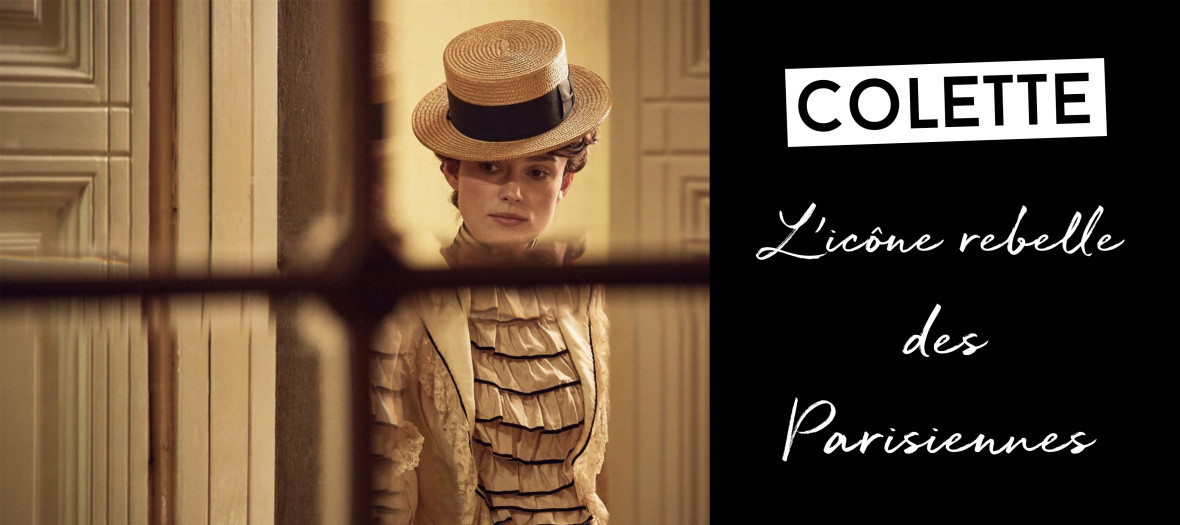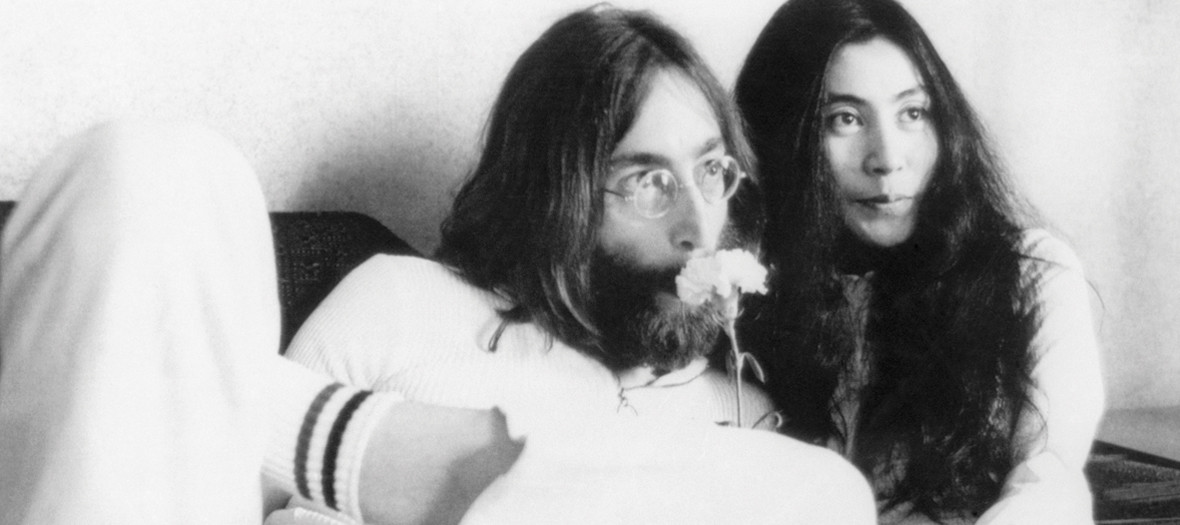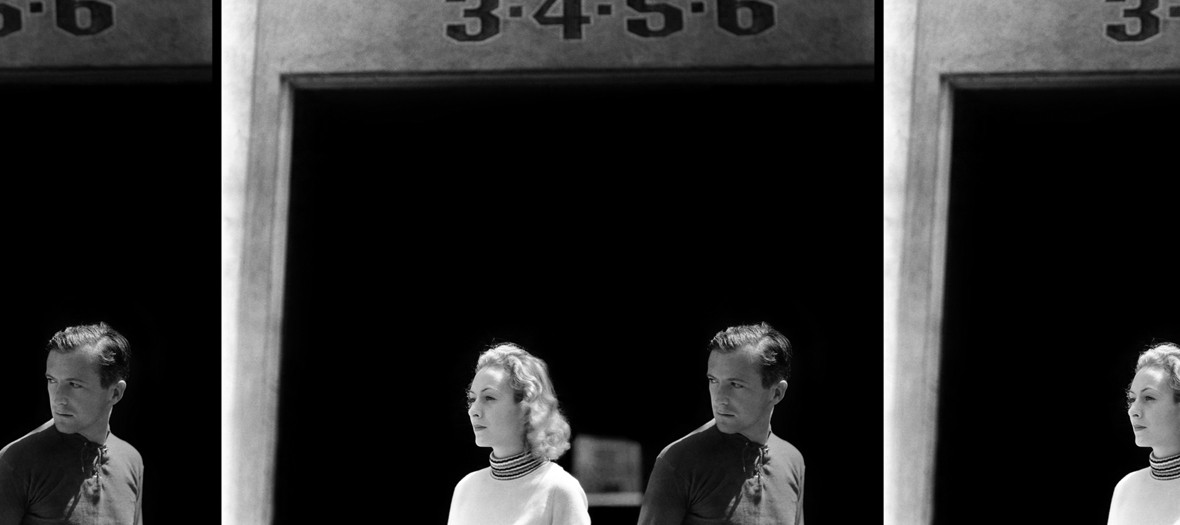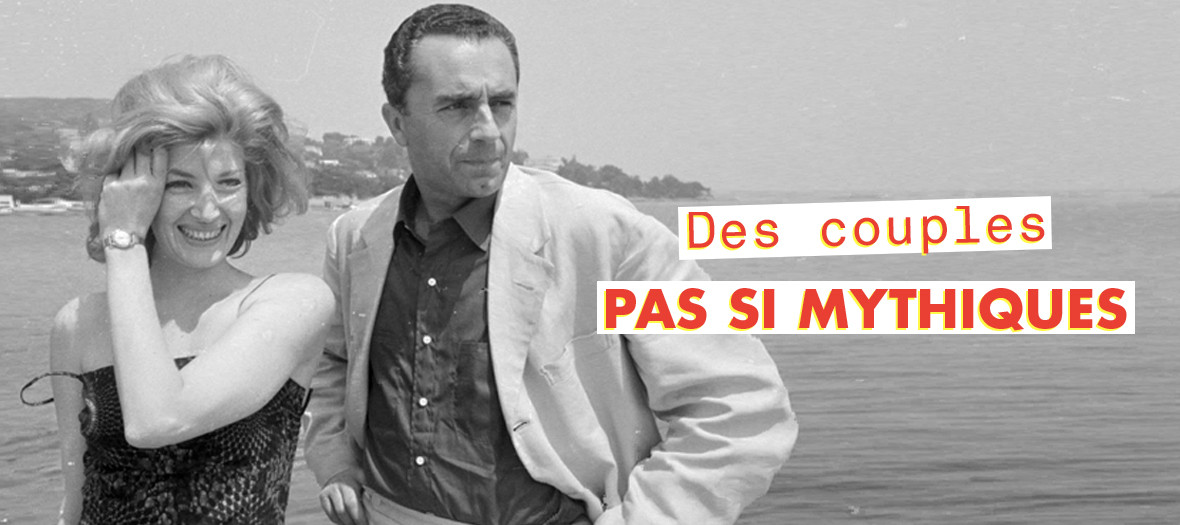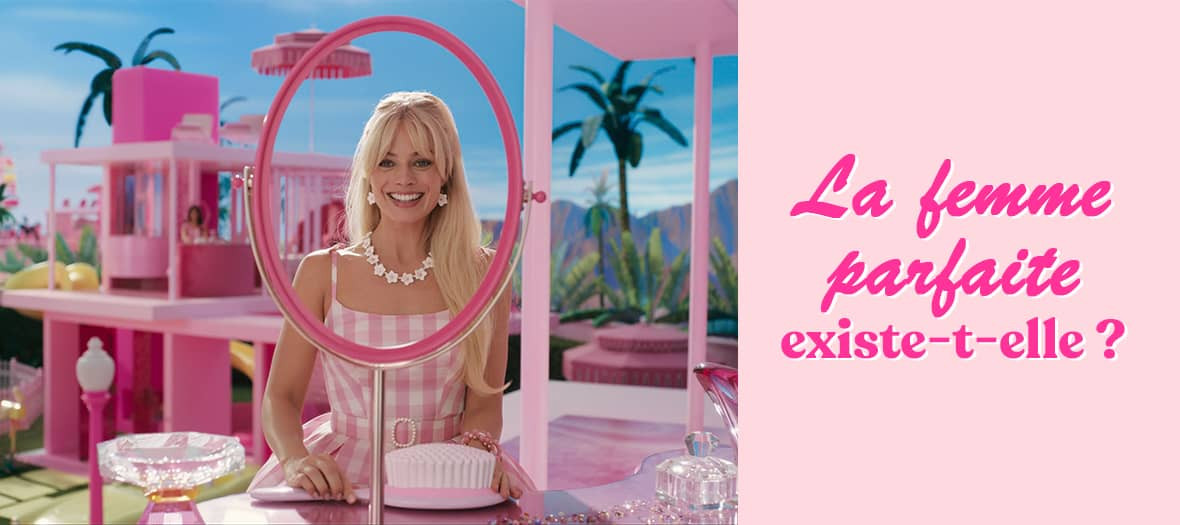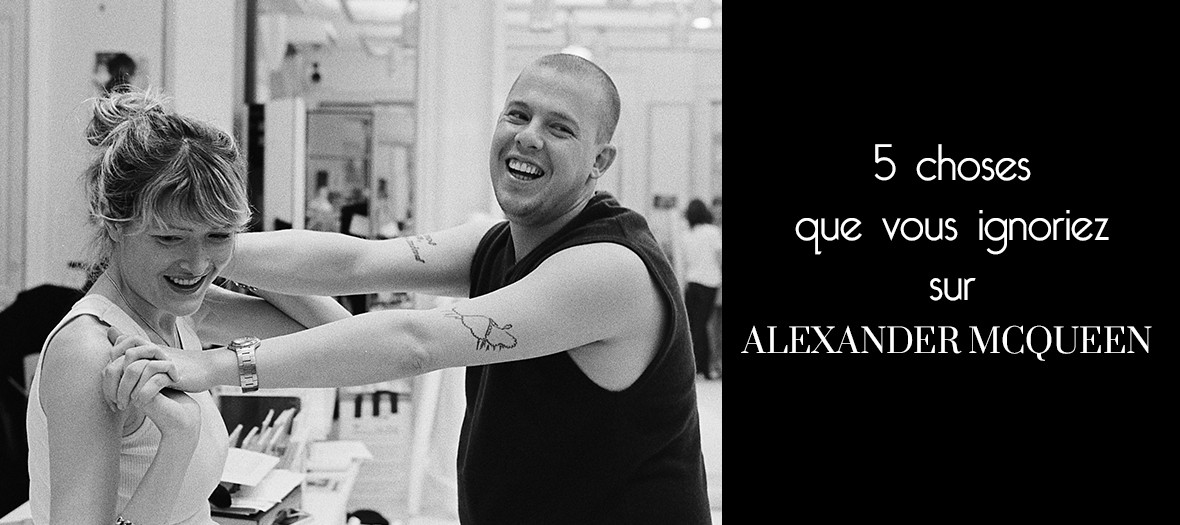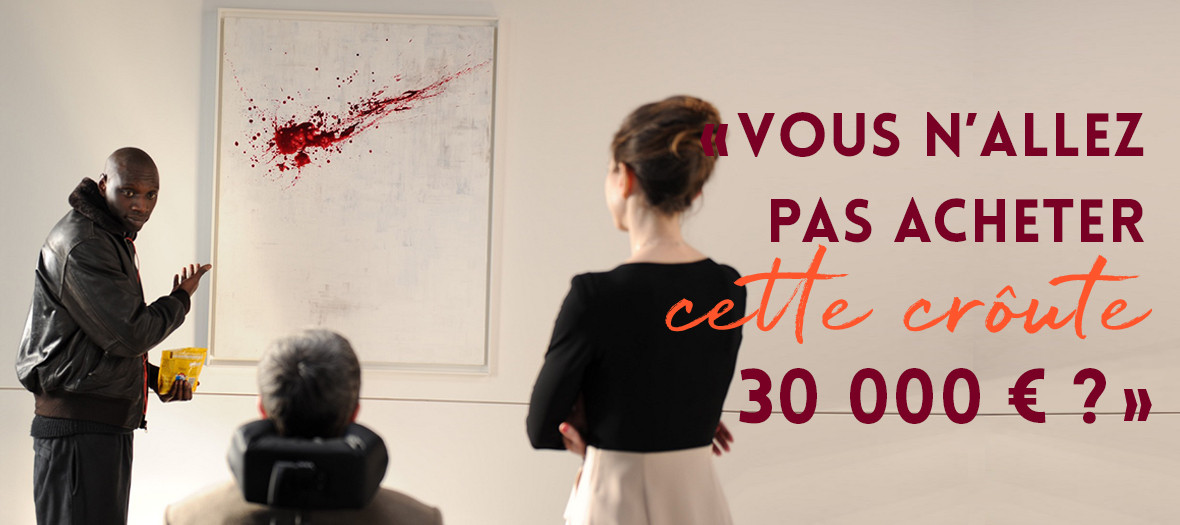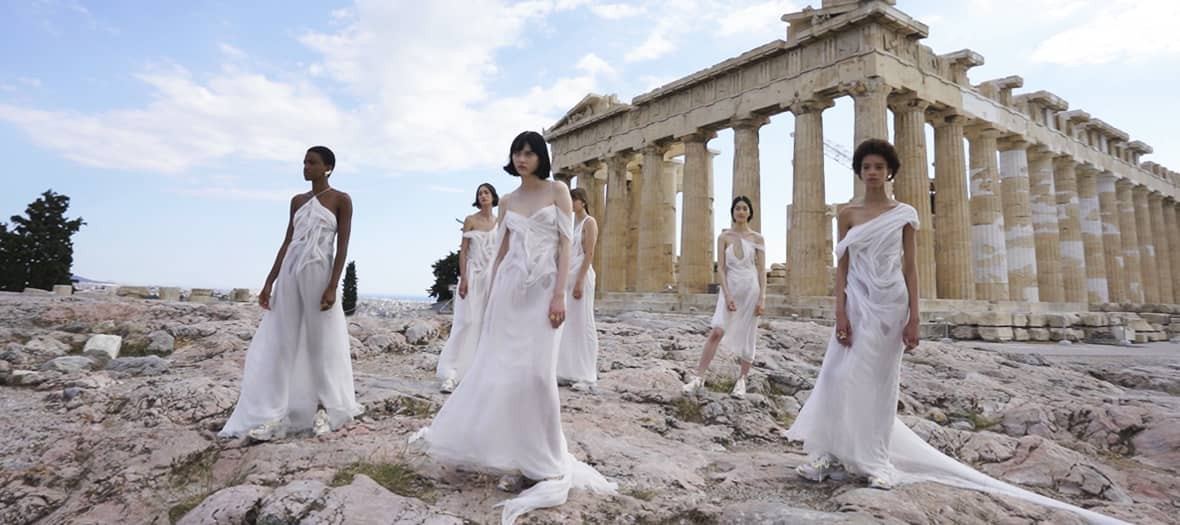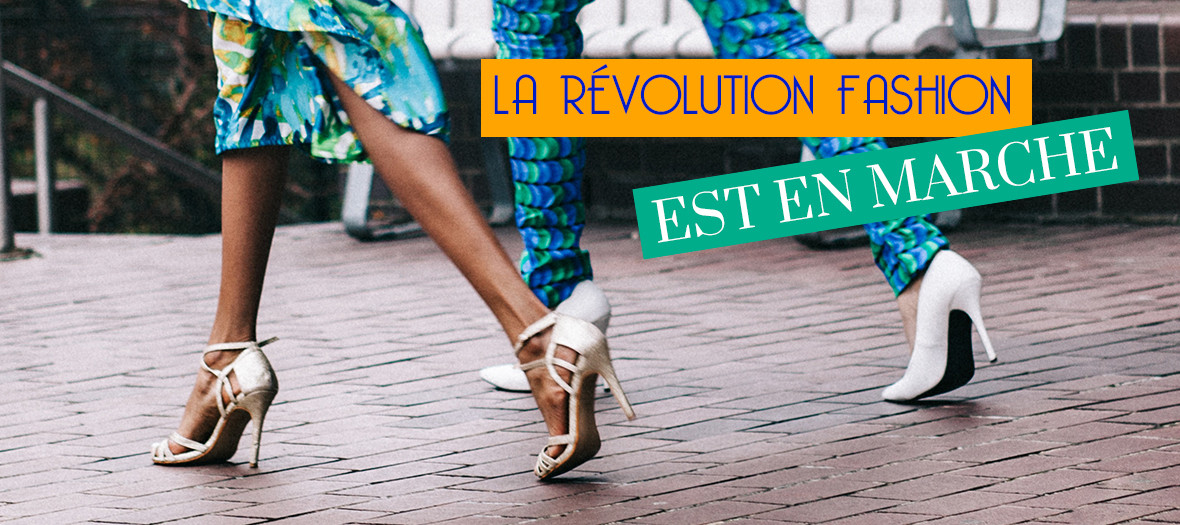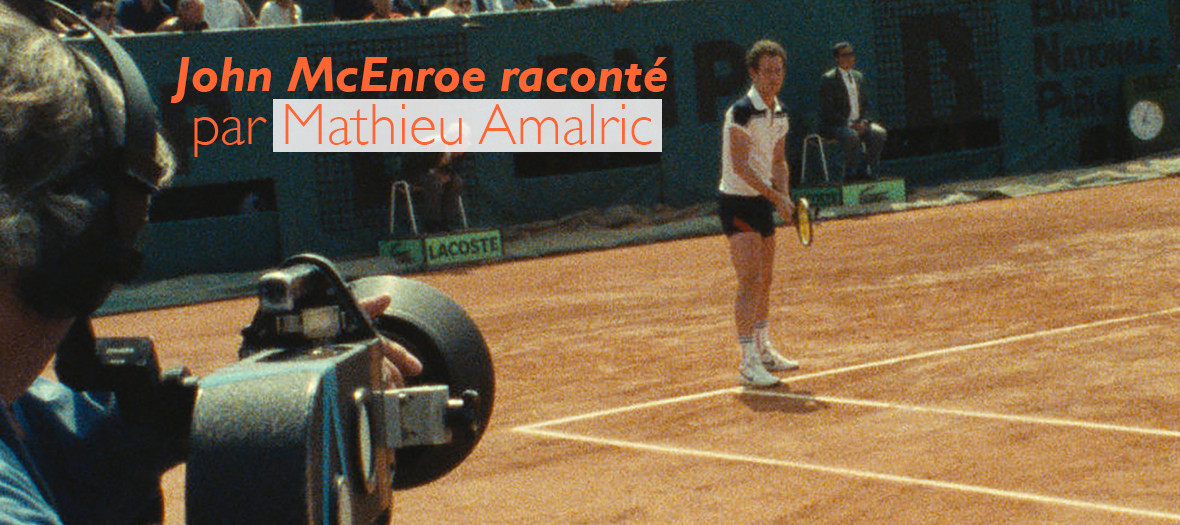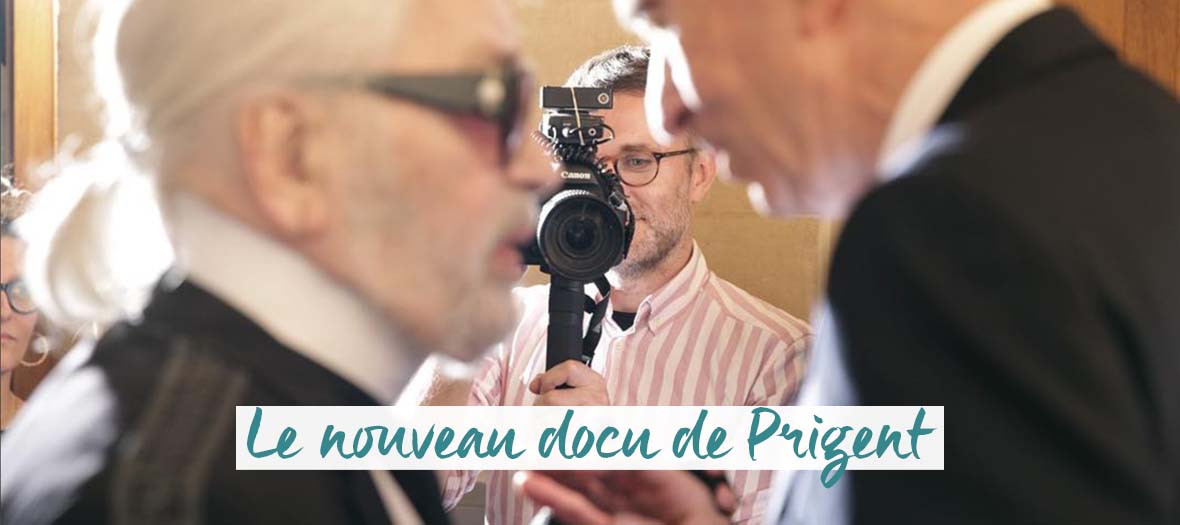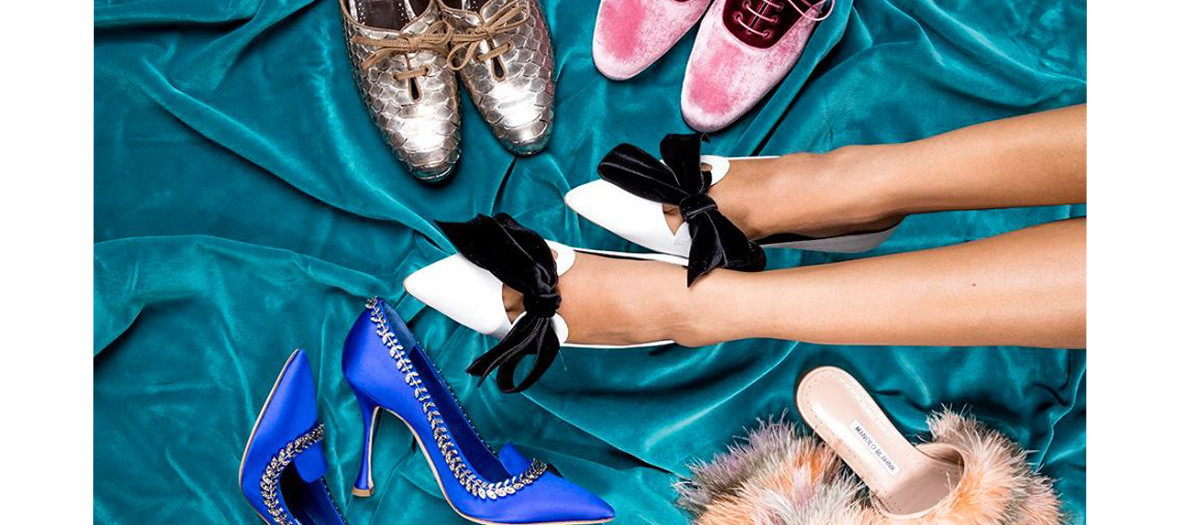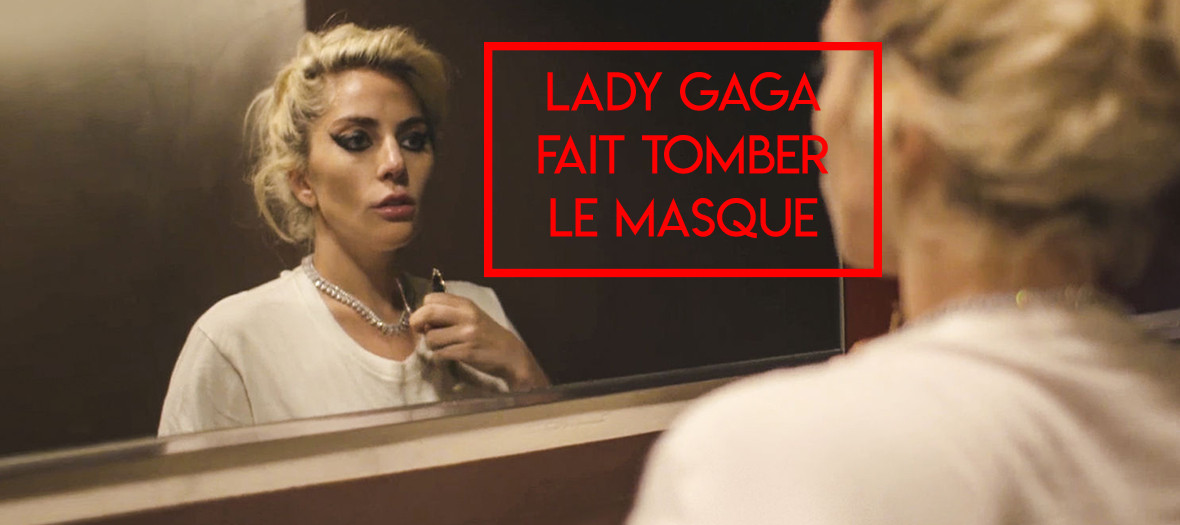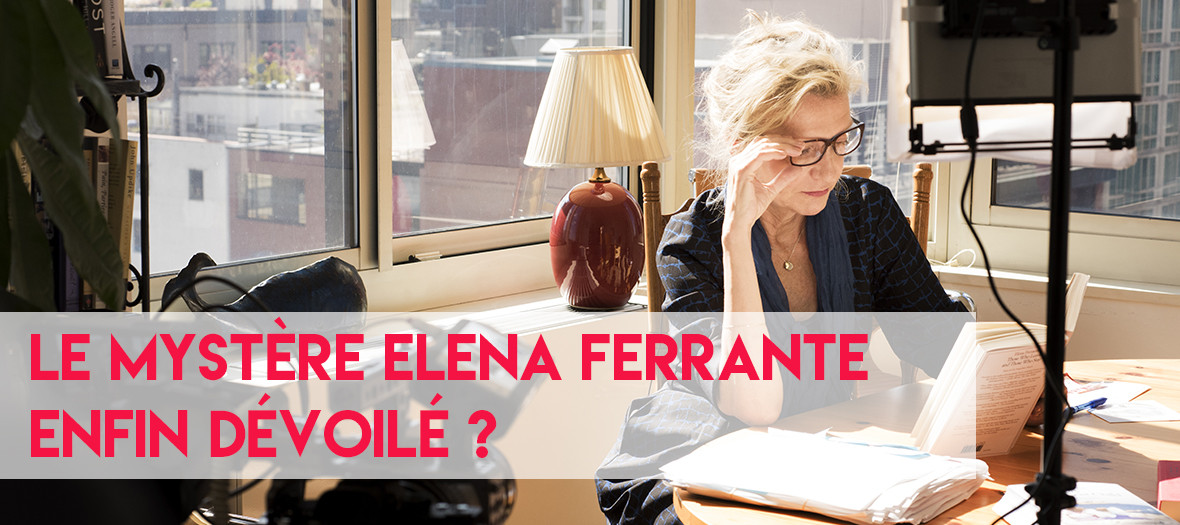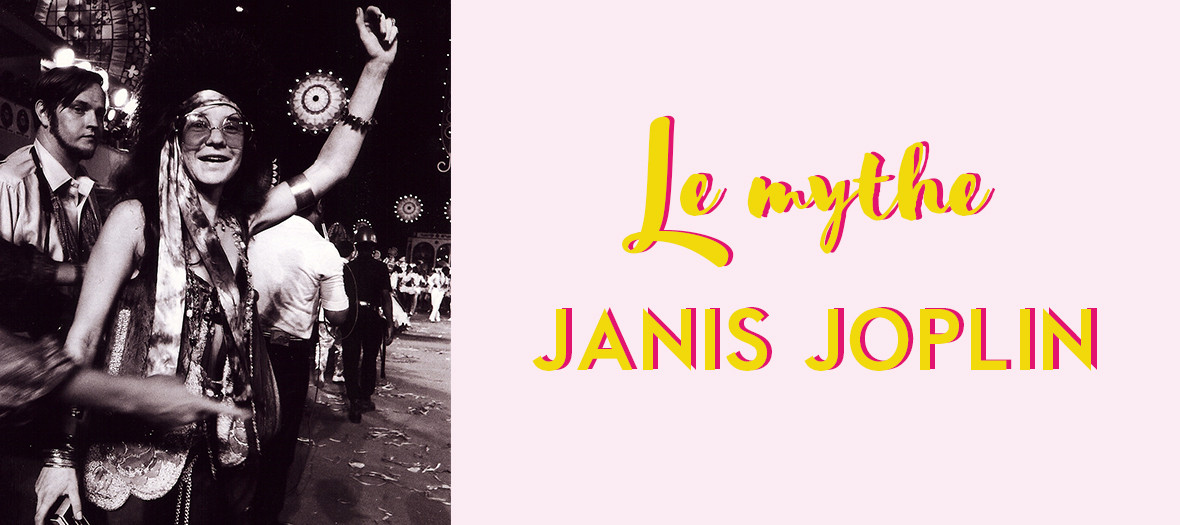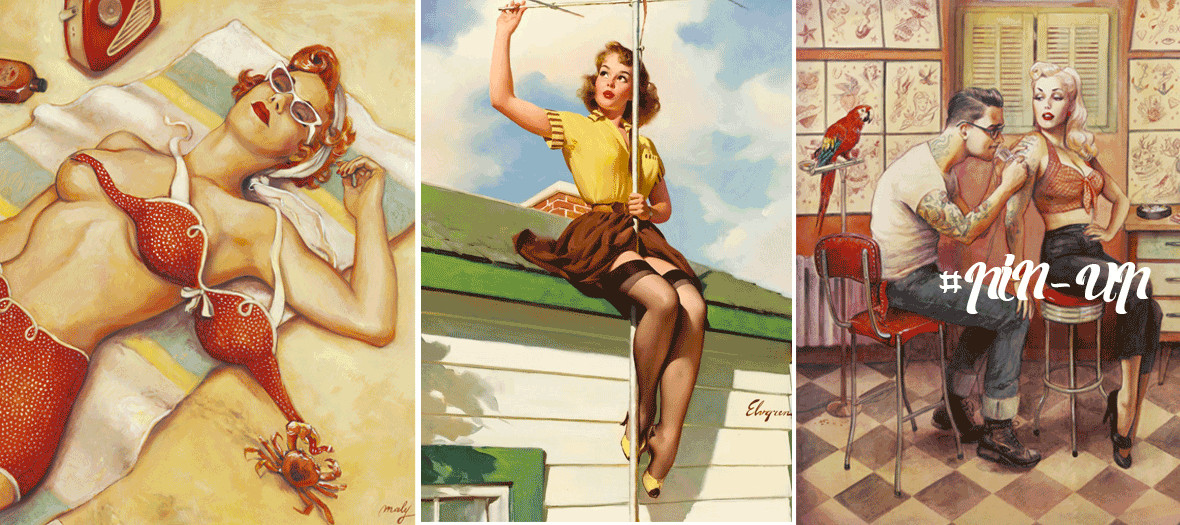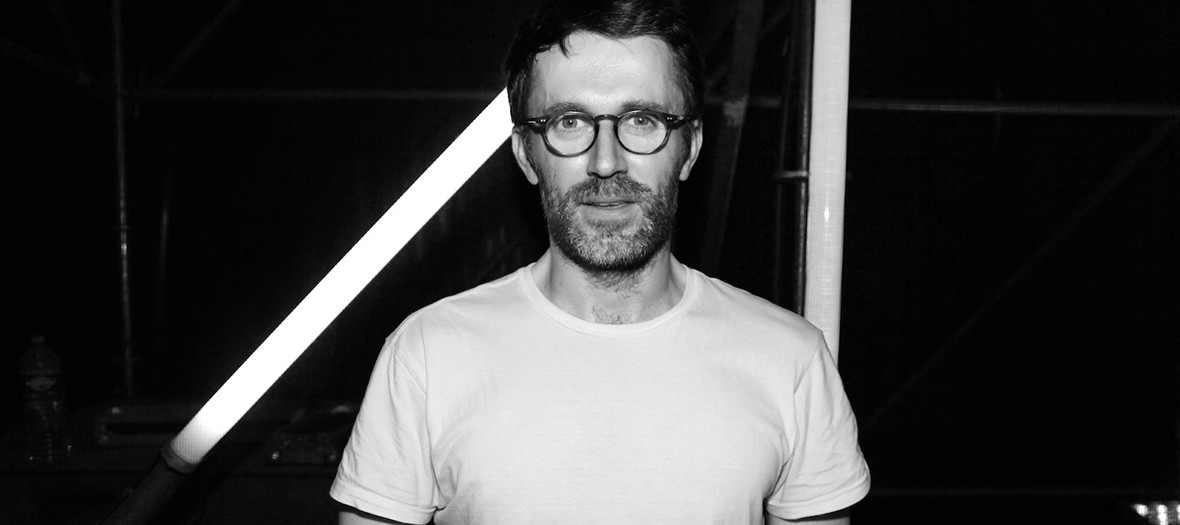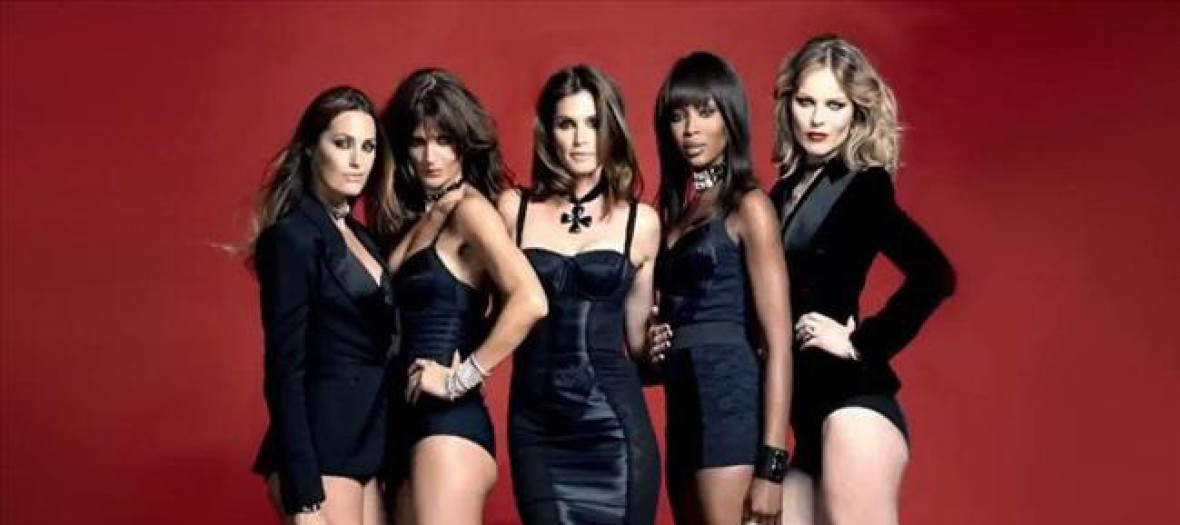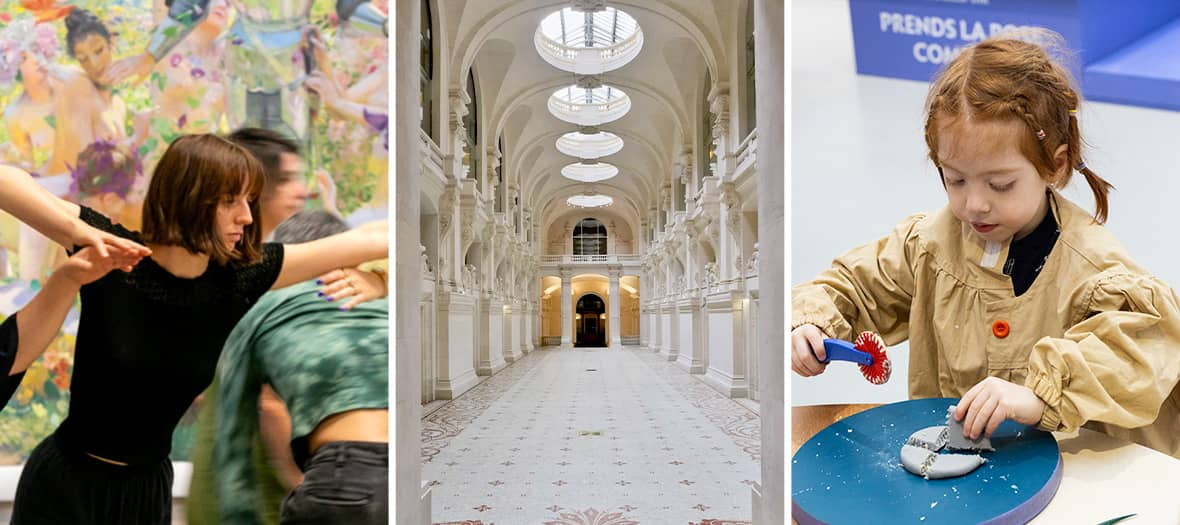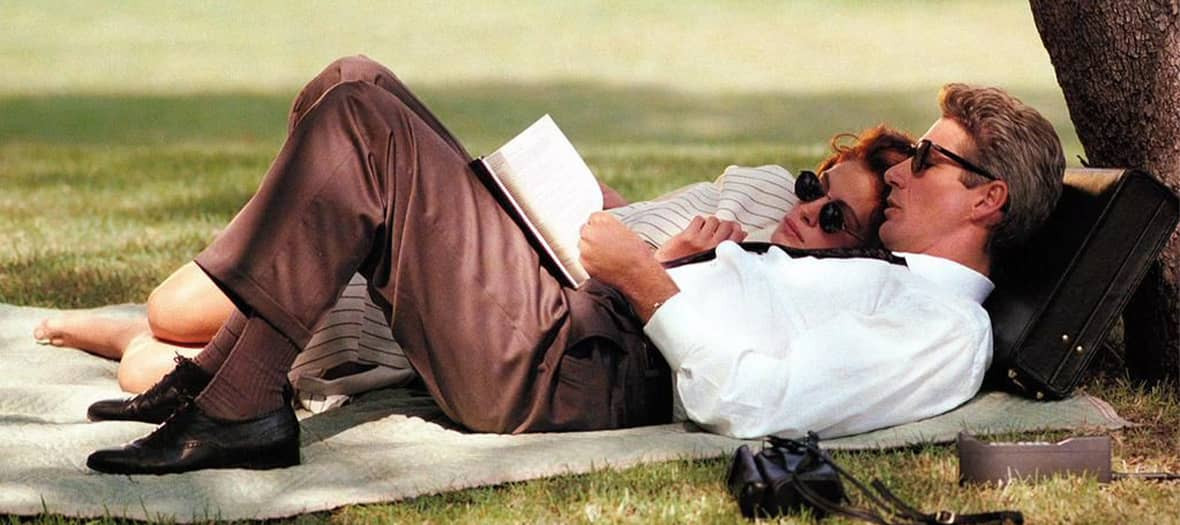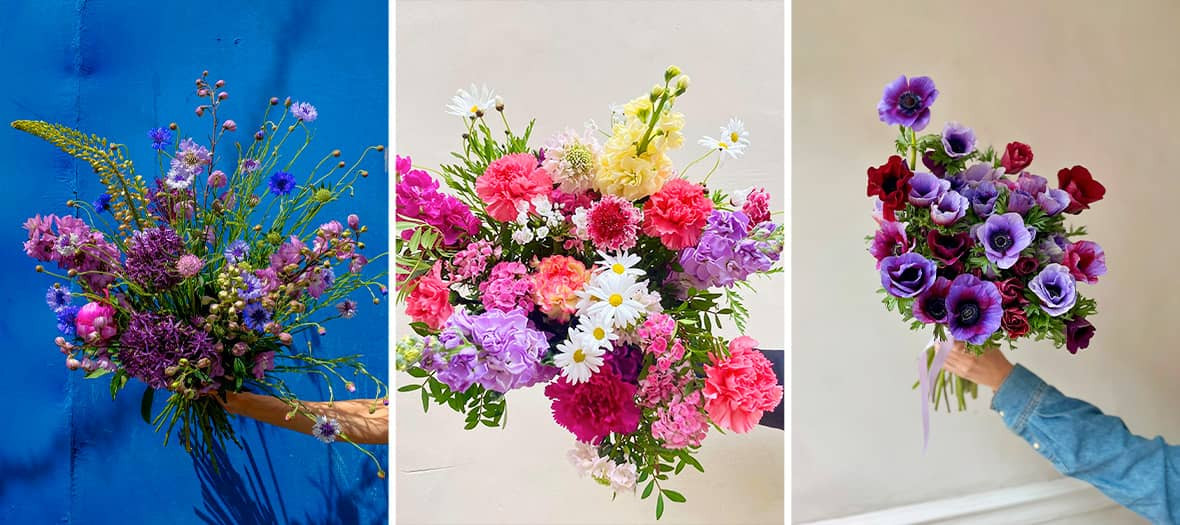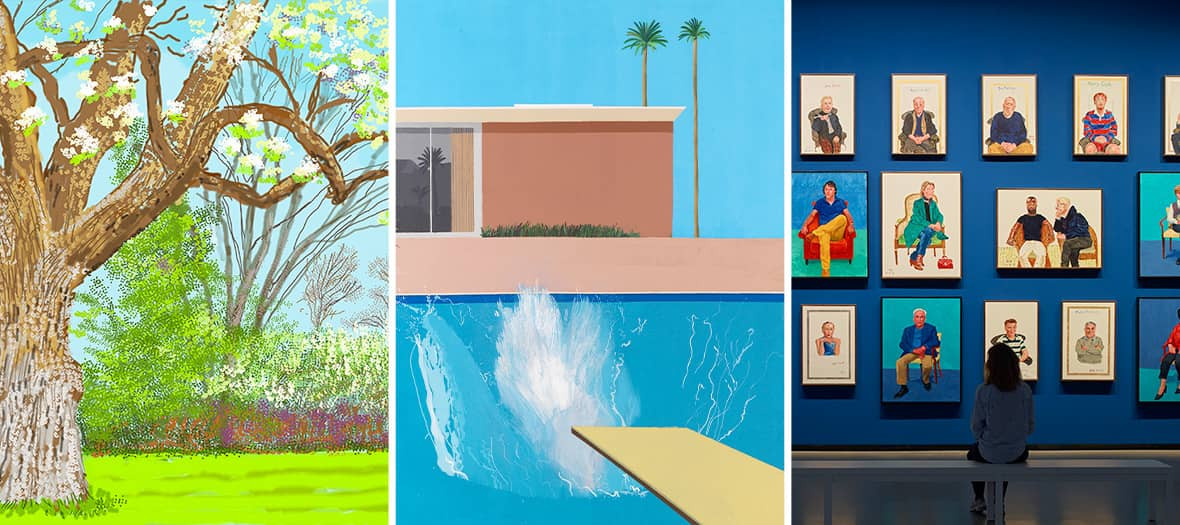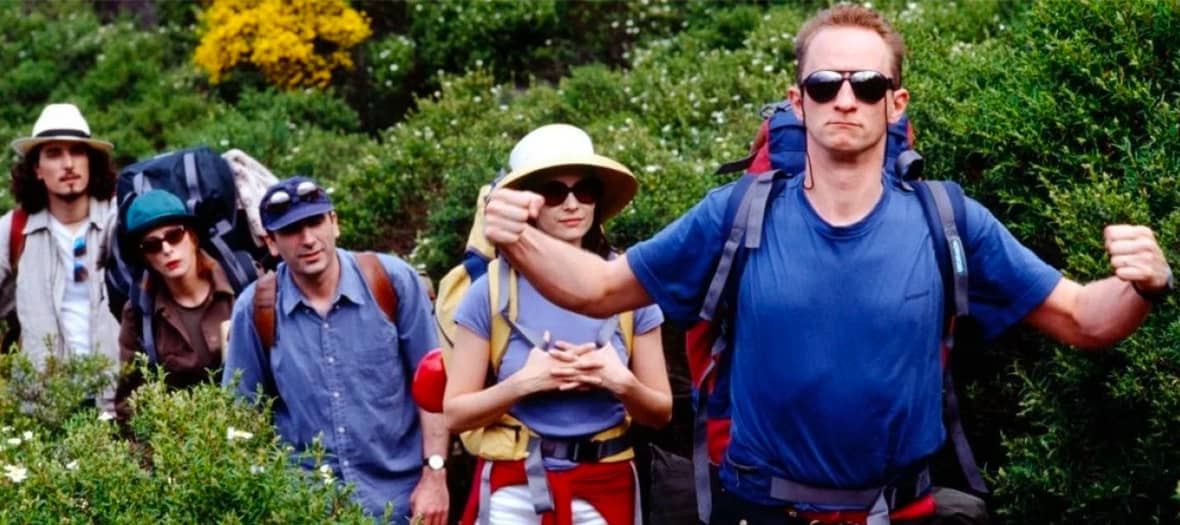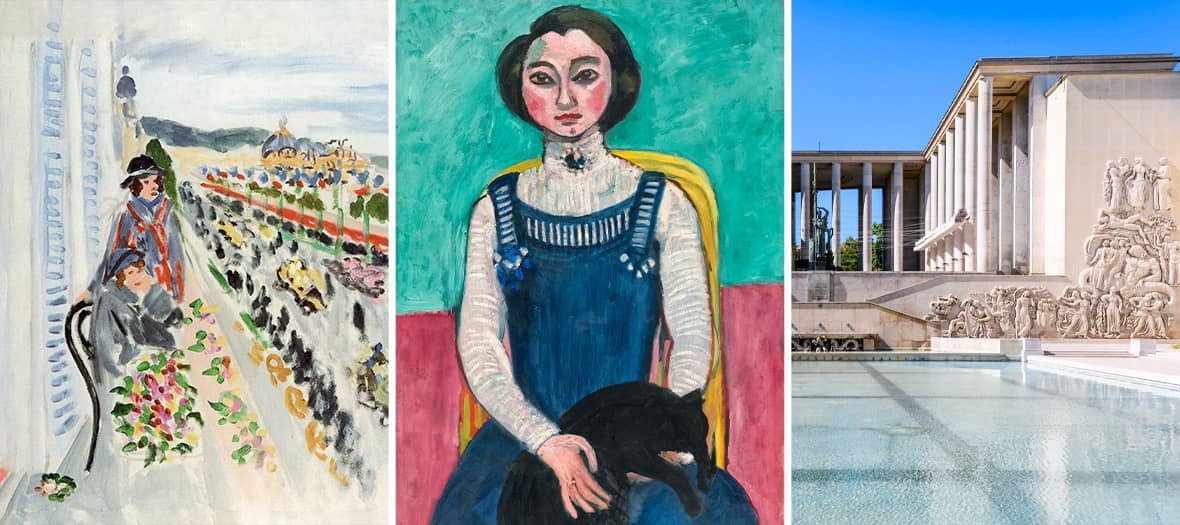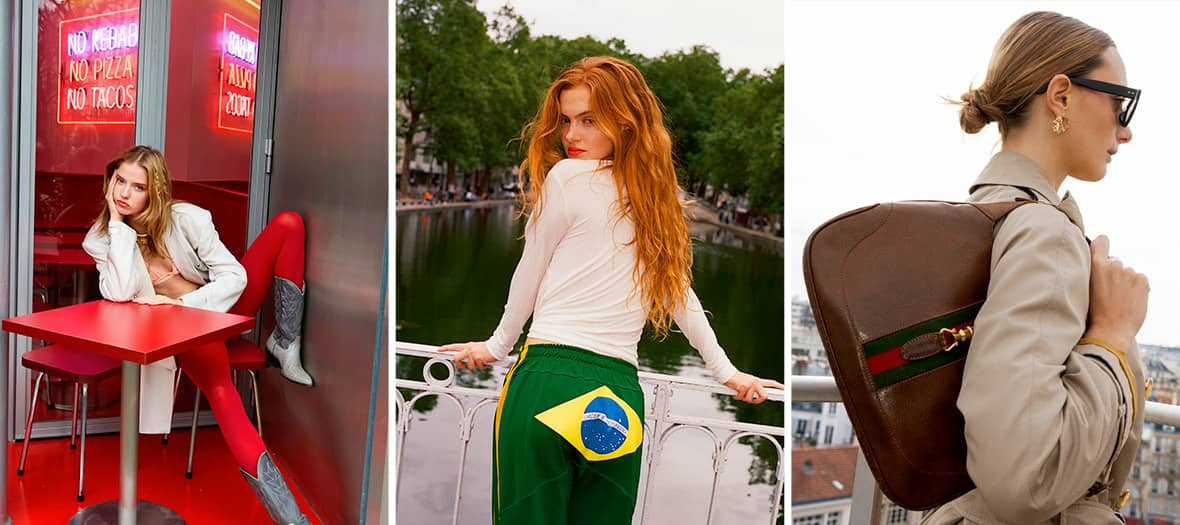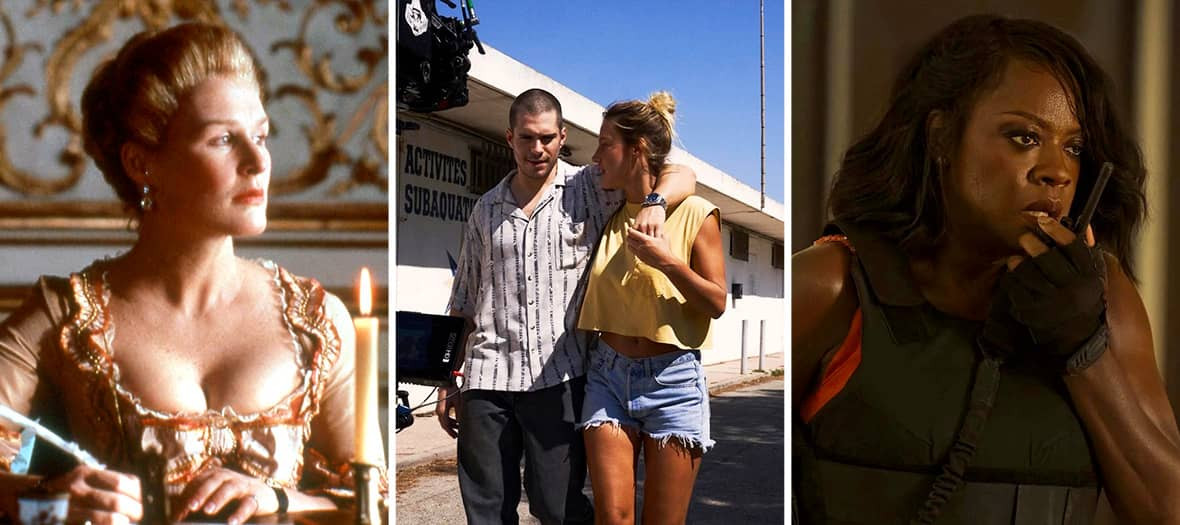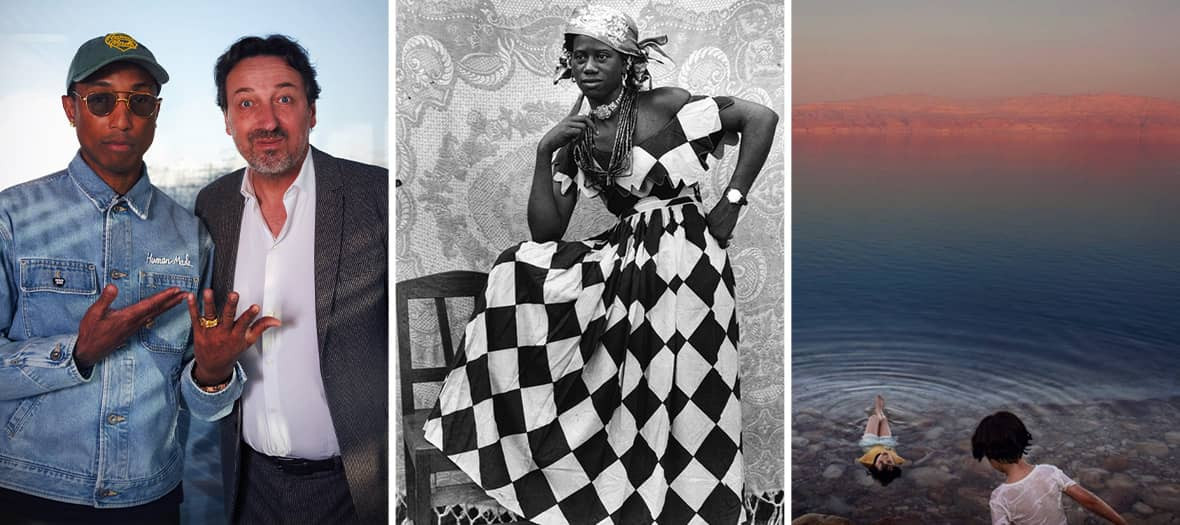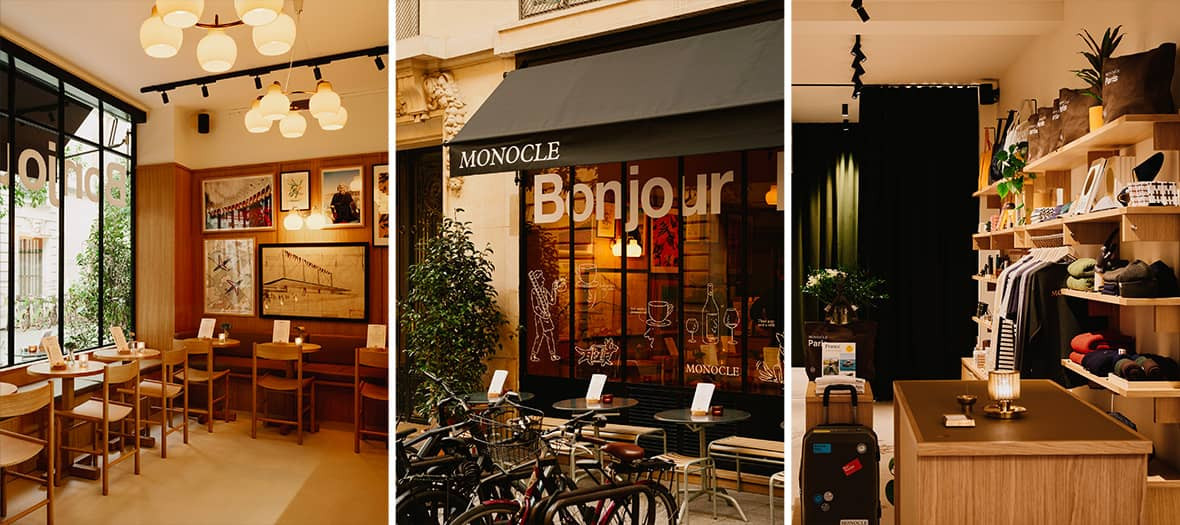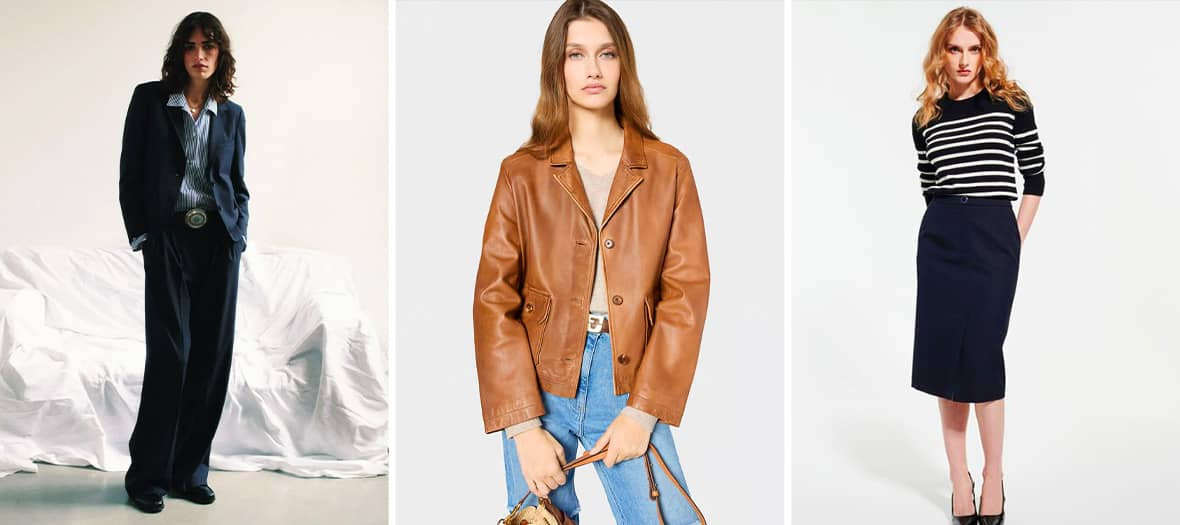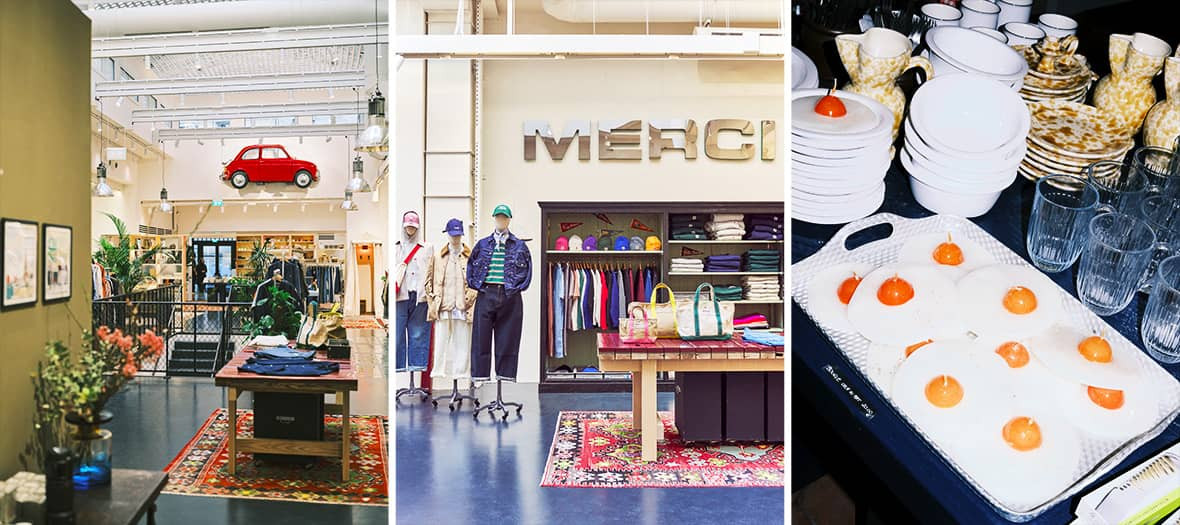“ Yes, I want to consume in a more sustainable way, but the sales are coming ... ” That sums up the consumer paradox and the point of the documentary Fast Fashion, the underwear of fashion at low prices by Gilles Bovon and Édouard Perrin , just available on Arte.tv. A public utility electric shock to see and review to properly print the impact of our lifestyles on the planet and the most fragile populations.
Investigative journalists have traveled across Europe , India and the United States to find knowledge: anthropologist, economics teacher, neuroscientist, influencer… Up to the direct victims of the second most polluting industry in the world after oil.
Zara, best enemy
If, before, fashion served to distinguish the rich from the poor, now everyone wants to claim to have the means to dress. And that, Amancio Ortega understood it before everyone else. The founder of Zara , 6th fortune in the world, was THE precursor of fast fashion , starting from the principle that everyone can be fashionable and improve their self-image by choosing clothes inspired by the already existing pieces of the big houses, produced for a limited period to create scarcity and therefore desire.
A former collaborator who designed jeans for Bershka (among the army of 700 stylists at the headquarters) tells how she went on a trip to the shops in search of the perfect piece to reproduce and adapt in a low cost version. To avoid plagiarism lawsuits, the legal department even required it to create 7 differences with the basic clothing. And this with the ultimate goal of constantly satisfying our need for new things “ to feel alive and drive away boredom ” ...
The Noholita effect

“ 80% of my wardrobe comes from fast fashion, ” admits Noholita . Obviously, a dress at 15 € or on sale gives the brain the impression of having saved money. Result: we take more and the impulse to buy becomes “ irrepressible ”. The French influencer with a million subscribers on Instagram embodies this impossibility of being seen twice with the same outfit on social networks ... and therefore a little in real life too.
The influence is the model much less expensive than the advertisement that the big names in fast fashion have chosen to follow, including Asos , Boohoo and Pretty Little Things at the top of the list. Instagrammers allow you to subtly create a personal and authentic relationship with the buyer… and it pays off on both sides! Noholita would receive 5,000 € per video posted.
The real scandal
However, paying € 5.99 for a skirt necessarily implies precariousness on the other side of the matrix. Sweatshops in England pay their dressmakers € 3 an hour illegally. Your free deliveries and returns? They involve very precarious autoentrepreneurs in distribution platforms (gasoline, plums, breakdowns, it's for them) and represent 10% of greenhouse gas emissions from all transport.
As for the famous viscose sold as the green material of the future, it requires products that are ultra-hazardous to health to transform wood into fabric. So much so that in India, entire populations are handicapped by bathing in polluted rivers where textile manufacturers have dumped their ultra toxic waste for decades ...
So what do we do?
Even if giving away your clothes to be recycled is part of a good feeling, in fact, only 1% can be revalued, and the rest… sent to the trash: “ There is no such thing as sustainable fashion. In any case not with current technologies ”, we are told.
The only valid solution? Stop buying because deep down, our cupboards are already overflowing! But that, we know that it is (almost) impossible, and the leaders of fast fashion are already rubbing their hands ... So, minimalism : are we getting started?
On arte.tv from March 2 to June 9, 2021, Tuesday March 9 at 8:50 p.m. on Arte and on VOD
Also discover the new vintage store which is a hit and 6 good reasons to go upcycling .


